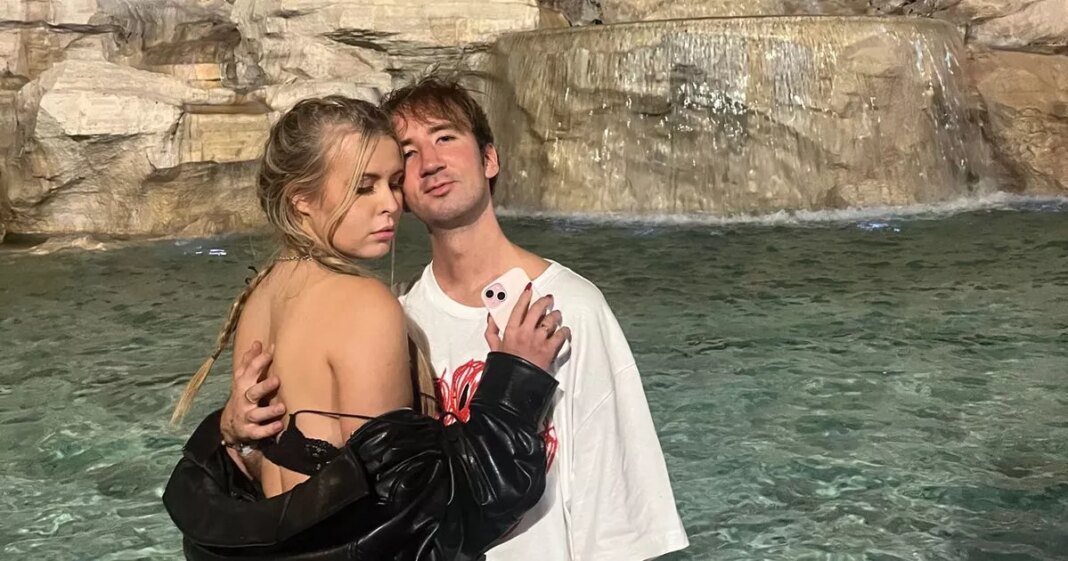In 1959, the renowned filmmaker Federico Fellini directed a memorable scene in cinema history. It featured Anita Ekberg, a Swedish actress, joyfully splashing in Rome’s Trevi Fountain alongside Marcello Mastroianni, her on-screen lover who sought warmth in a wetsuit and vodka during chilly March nights.
This iconic two-minute sequence, a highlight of “La Dolce Vita,” has enamored countless film enthusiasts with Rome’s charm. Today, the notion of lovers freely roaming such a famous location seems improbable, given the bustling crowds.
During a visit at 4 am on a September morning, the Trevi Fountain was already attracting a growing number of visitors. Among them was Jose, a 30-year-old tourist from Mexico City, captivated by the fountain’s iconic status.
As the early morning hours passed, the trickle of sightseers swelled into a crowd, with well-dressed couples in their 20s and 30s posing for photos at the masterpiece completed in 1762 by Nicola Salvi and Giuseppe Pannini at the intersection of three roads.
Recent changes have altered the atmosphere at the Trevi Fountain. Since reopening after maintenance work, a queue system allows limited access for visitors wanting photos or to toss coins into the water, with a maximum of 400 individuals permitted at a time.
On a Sunday afternoon, chaos ensued as thousands lined up around the fountain, overseen by vigilant authorities. Amid the commotion, a spontaneous proposal brought cheer to the crowd, albeit interrupted by minor scuffles and emotional outbursts.
To secure a coveted photo spot, many now arrive in the early hours, striving to capture the perfect shot. However, even the early risers face challenges amidst the increased competition, exemplified by a Bengali woman in a wedding dress drawing attention before glamorous influencers appeared.
With Rome expecting a surge in tourism, reaching 60 million visitors this year and potentially 65 million next year, the quest for the ideal Trevi Fountain shot has become more competitive than ever.

